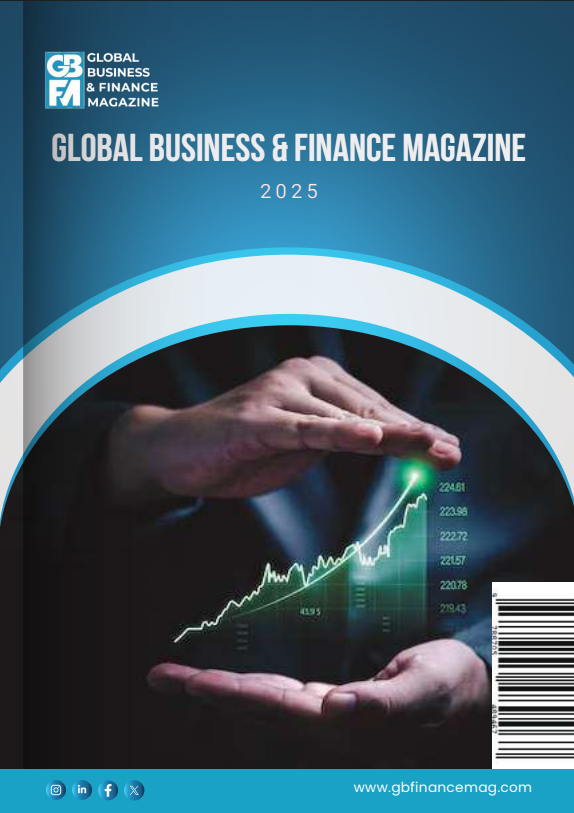Firms increasingly rely on immigrant researchers or imported R&D services for innovation. This column argues that these sources of foreign ideas play a pivotal role in firm growth. Drawing on administrative data from Denmark, the authors show that firms employing immigrant researchers or imported R&D services see higher productivity growth than other firms, and that access to both sources of foreign ideas is crucial to a firm’s decision to engage in R&D. Incorporating the role of foreign ideas in firm R&D substantially amplifies the inferred economic effect of R&D subsidies.
Over the past 50 years, reduced trade barriers and improved communication technologies have encouraged firms to globally source inputs. While the existing literature mainly examines the role of imported tangible production inputs (e.g. Amiti and Konings 2007, Goldberg et al. 2010, Halpern et al. 2015, Bøler et al. 2015, Antràs et al. 2017), there is a growing trend of global firms leveraging foreign ideas through immigrant researchers or imported research and development (R&D) services. Figure 1 shows the increasing reliance of Danish firms on these two global R&D sourcing strategies. The left panel depicts immigrants’ share of the total R&D-related wage bill. The right panel shows the share of foreign-sourced R&D services in total R&D expenditures. Similar trends have been observed globally, and documented in studies such as Miguelez and Fink (2013), Bircan et al. (2021), and Fan (2023).
Figure 1 Increasingly globalised R&D patterns of firms operating in Denmark


Relationship between immigrant researchers, offshore R&D, and firm performance
In our recent paper (Fan et al. 2023), we examine how access to immigrant researchers and imported R&D services shape firms’ R&D decisions, impacting firm performance and aggregate productivity. Our analysis emphasises two key mechanisms. First, access to foreign-sourced ideas increases the overall efficiency of R&D investments by offering a broader range of ideas for firms to choose from in executing R&D tasks. Second, immigrant researchers make it easier for firms to source R&D services from abroad by lowering information costs between headquarters and foreign R&D providers.
We document three facts related to these two mechanisms using matched employer-employee data and other firm- and demographic-level datasets from Denmark.
Fact 1: A minority of firms conduct R&D with foreign ideas. They tend to be larger and more productive than non-R&D firms, or similar firms doing R&D without foreign ideas. This suggests that substantial barriers to firms accessing foreign ideas limits the practice to only the largest and most productive firms.
Fact 2: Conditional on current productivity and total R&D expenditures, firms using foreign R&D inputs have higher future productivity. In addition to a 1.4% year-over-year productivity gain from carrying out R&D solely with domestic ideas, employing immigrant researchers in R&D or adopting imported R&D services leads to another 2% increase in productivity. Though not all firms can afford to use foreign ideas directly, for those that do, a significant portion of R&D returns comes from incorporating foreign ideas.
Fact 3: Firms employing immigrant researchers are more likely to start offshore R&D. Importantly, this trend does not result solely from more productive firms adopting both practices. This relationship persists in the link between immigrant researchers from a specific foreign region and offshoring R&D to that same region. For instance, Danish firms with researchers from Poland are more likely to source R&D inputs from Poland. This finding supports the notion that immigrant researchers reduce information friction about their home country, enabling firms to easily offshore R&D to that region. Furthermore, it implies that accessing foreign ideas through immigrant researchers not only directly enhances firms’ R&D efficiency, but may also yield additional indirect benefits by encouraging firms to use imported R&D services.
Interconnected decisions and implications for policy
We demonstrate the significance of these empirical findings through counterfactual analysis, which allows us to identify the consequences of removing certain types of R&D inputs as well as the effects of specific R&D policies. Without the additional benefit from foreign ideas, the share of firms engaging in R&D would decline from 41.3% to 17.8%, and the economy would retain only 20% of the returns from R&D on productivity. This result has implications for understanding the effectiveness of innovation policies. In the absence of foreign ideas, the impact of a subsidy on R&D costs on aggregate productivity would be 85% smaller. Access to foreign ideas is crucial for the effectiveness of R&D subsidies precisely because foreign ideas constitute a significant motivation for firms to engage in R&D in the first place.
The interdependence between firms hiring immigrant researchers and importing R&D services is also crucial. Our counterfactual analysis reveals that without this connection, the R&D participation rate would decrease by one-third of its current level. This interconnection means that policies aiming to liberalise access to one foreign R&D input will lead to increased use of the other, leading to larger combined effects on aggregate productivity. For example, a policy that makes it easier for firms to import R&D services could have a twofold impact if firms can also readily access immigrant researchers.
Conclusions
Leveraging unique data from Denmark, this paper investigates firms’ choices regarding two foreign R&D inputs – immigrant researchers and imported R&D services – and analyses the implications of these decisions on firm performance and aggregate productivity. In the context of a growing literature examining the trade-offs associated with high-skill immigrants (e.g. Ottaviano et al. 2018, Beerli et al. 2021, Burchardi et al. 2020, Mayda et al. 2023, Morales 2023), we document the role of highly skilled immigrants interacting with R&D offshoring in firms’ productivity dynamics. This expands our understanding of how R&D affects firm growth, as studied in Aw et al. (2011), Doraszelski and Jaumandreu (2013), and Bøler et al. (2015).
Source : Voxeu





